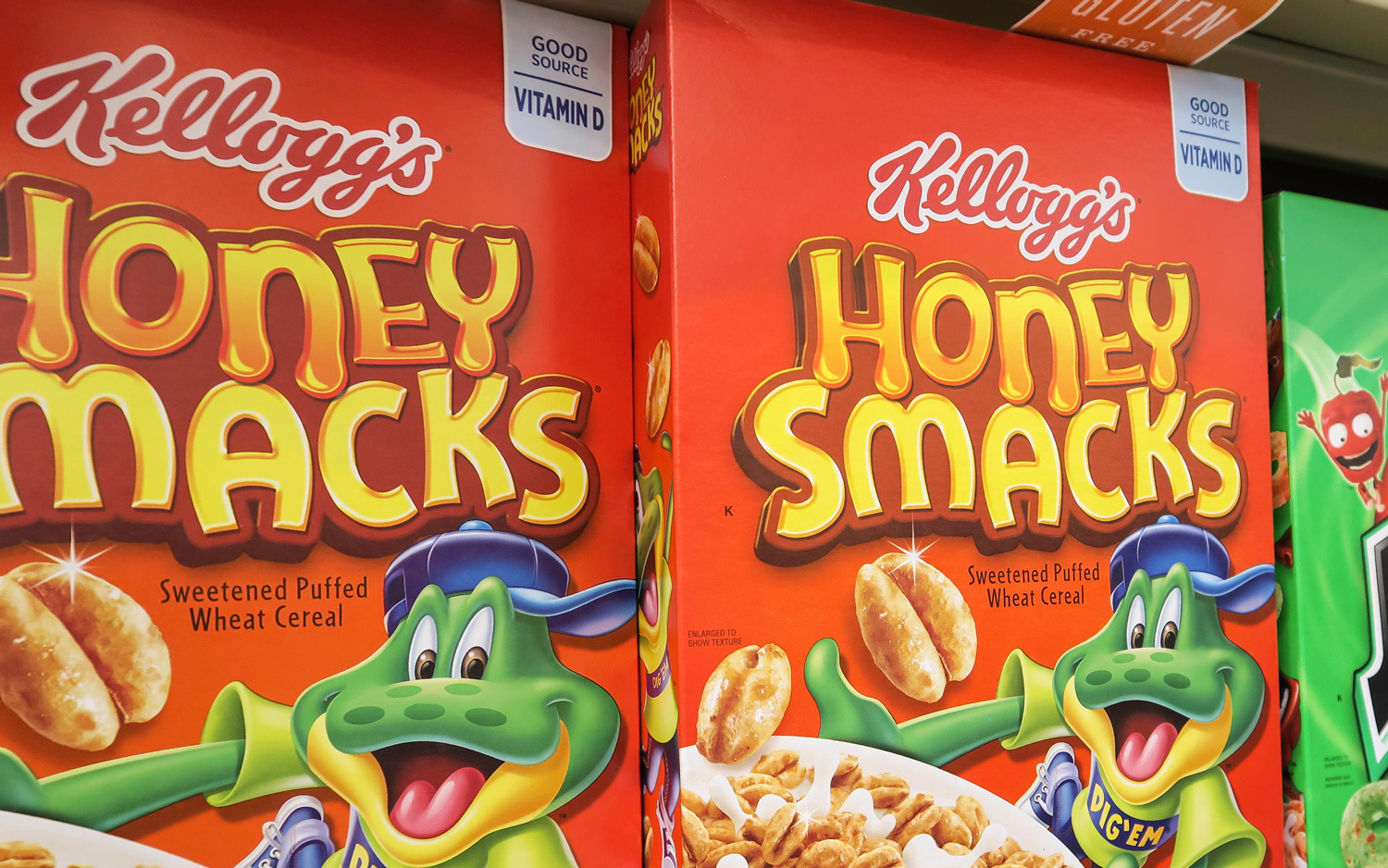How Does Salmonella Get into Cereal?

You probably don't want Salmonella as part of your complete breakfast.
But on Friday (June 15), the Kellogg Company announced it was recalling boxes of its Honey Smacks cereal because the product is linked to an outbreak of Salmonella.
So far, the outbreak has sickened 73 people in 31 states, according to the Centers for Disease Control and Prevention (CDC). Of these, 24 people have been hospitalized. When interviewed about the foods they ate before they got sick, people reported eating Honey Smacks cereal more often than other cereals or food items, the CDC said.
The recalled products include 15.3-ounce and 23-ounce packages of Honey Smacks cereal with "best if used by" dates from June 14, 2018, through June 14, 2019. Consumers are being advised to throw away the recalled products or return them for a refund. [Top 7 Germs in Food That Make You Sick]
But how does Salmonella get into cereal?
Salmonella bacteria typically live in animal and human intestines. Although it's gross to think about, Salmonella generally gets into food through contamination with fecal matter.
This contamination may occur in the fields where the food is grown — for example, Salmonella in animal poop may contaminate water that's used to irrigate fields, and the water contaminates the food growing in the field, according to the U.S. Department of Health and Human Services (HHS).
Get the world’s most fascinating discoveries delivered straight to your inbox.
But contamination can also occur anywhere the food is being made. For example, if an ingredient is contaminated with Salmonella, it may get on equipment that can spread it to other food, the HHS says. Employees who don't wash their hands properly can also be a source of contamination in production facilities, according to 2013 report on Salmonella contamination.
Outbreaks of Salmonella tied to cereal have happened before. In 1998, the CDC reported an outbreak of more than 200 cases of Salmonella tied to Millville brand plain Toasted Oats cereal. Salmonella bacteria are relatively resistant to drying processes and can survive for long periods in dry environments such as cereal, the CDC said at the time.
"A dry heat actually makes [Salmonella] more persistent in a food or ingredient," Benjamin Chapman, an associate professor and food safety specialist at North Carolina State University, told Live Science in a February 2018 interview.
Indeed, 10 years after the 1998 outbreak, CDC officials reported another Salmonella outbreak tied to the same cereal company. In that case, the officials hypothesized that a construction project within the manufacturing facility, which involved removal of a wall, may have allowed the reintroduction of the dried outbreak strain of Salmonella into the cereal production area.
That "outbreak highlight[ed] the resilience of Salmonella, suggesting that this organism can persist in dry food production environments for years," the researchers concluded in a 2008 report.
Symptoms of Salmonella infection include diarrhea, fever and abdominal cramps that occur between 12 and 72 hours after infection, according to the CDC. The illness usually lasts four to seven days, and most people recover without treatment. But in some cases, the diarrhea can be so severe that the person needs to be hospitalized. Severe Salmonella infections are most likely to occur in young children, older adults and people with weakened immune systems.
Original article on Live Science.

Rachael is a Live Science contributor, and was a former channel editor and senior writer for Live Science between 2010 and 2022. She has a master's degree in journalism from New York University's Science, Health and Environmental Reporting Program. She also holds a B.S. in molecular biology and an M.S. in biology from the University of California, San Diego. Her work has appeared in Scienceline, The Washington Post and Scientific American.


